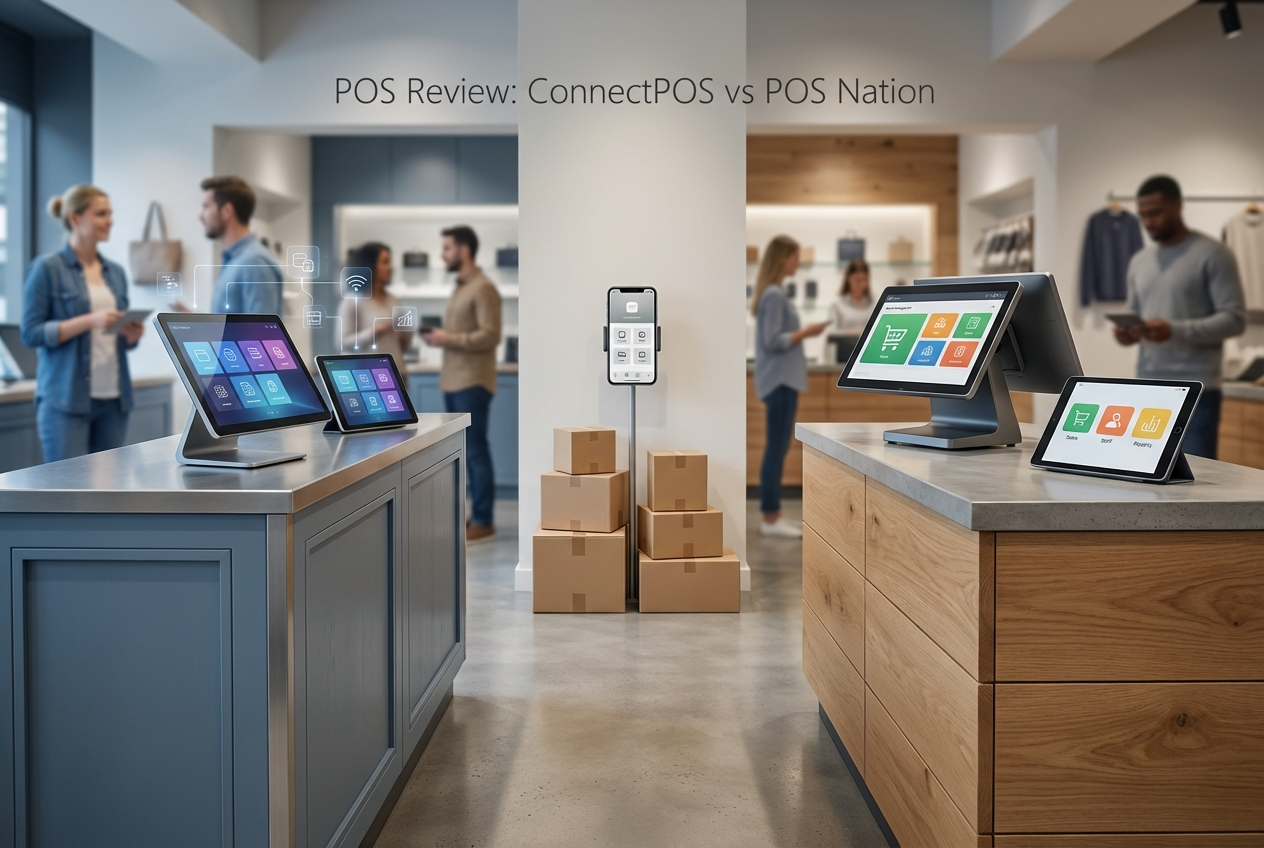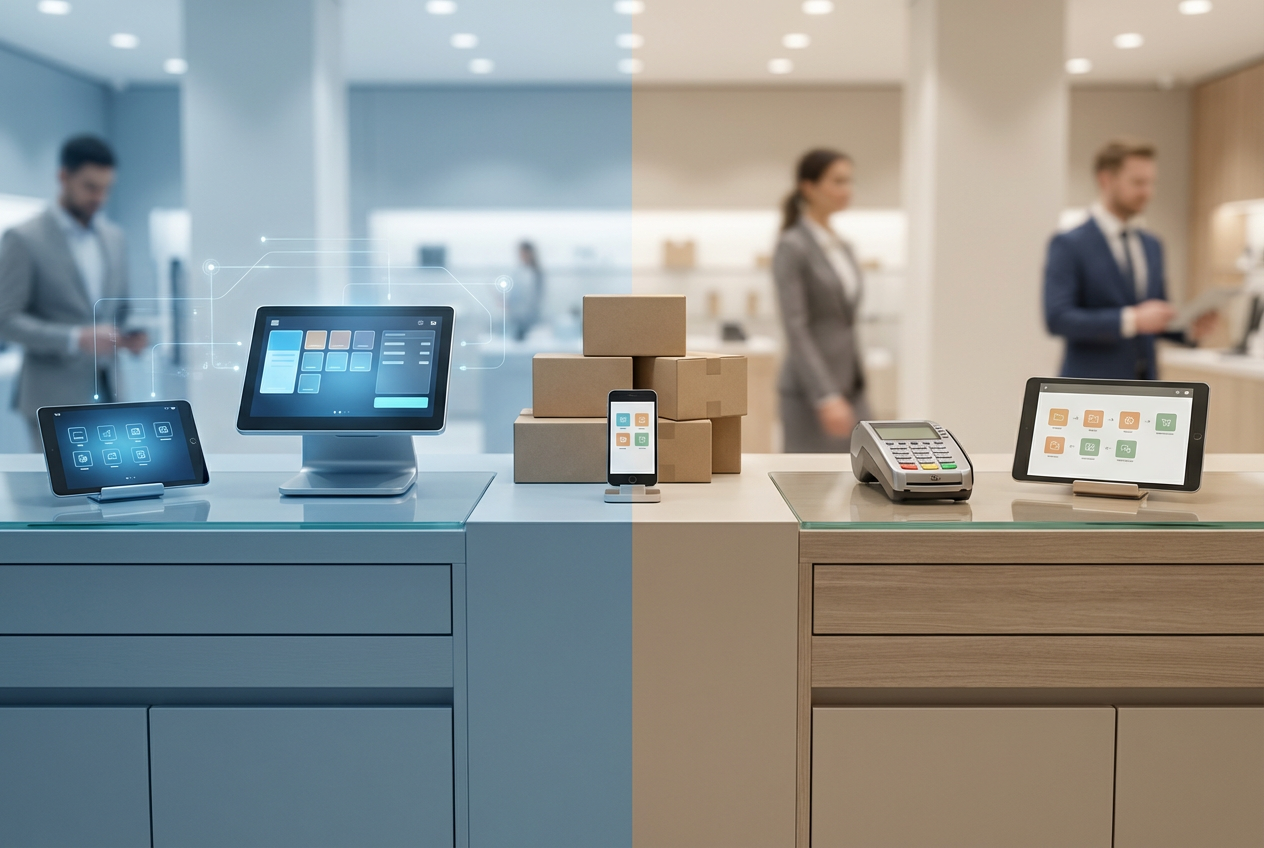What Does Margin Mean in Retail?
Margin refers to the percentage of the selling price that a business keeps as profit after covering the cost of goods sold (COGS).
Margin plays a central role in guiding pricing strategies, inventory management, and overall business decisions, providing a clear picture of how much money is truly earned from each sale.
How is Margin Calculated?
Margin is calculated using a straightforward formula that uses both the selling price and the cost of the product. It is expressed as a percentage:
Margin = (Selling Price – Cost) ÷ Selling Price × 100
Here is a practical example:
If a product is purchased from a supplier for $10 and is sold to a customer for $40, the margin is calculated as follows:
Margin = (40 – 10) ÷ 40 × 100 = 75%
This result means that for every dollar of revenue from that sale, 75 cents is gross profit, which can then be used to cover other operational expenses like rent, salaries, and marketing.
Why It Matters for Pricing and Profit
Understanding and actively managing margin is essential for a business’s long-term success. It offers key insights into profitability and strategy:
Profit Insight: Margin provides an immediate, clear picture of how much you are actually earning after the direct cost of the product is covered. It helps you see beyond total sales figures to understand the real financial impact of each transaction.
Pricing Strategy: Margin is the foundation of any effective pricing strategy. By knowing your target margin, you can set prices confidently, avoid underpricing, and make sure your products are priced to be profitable.
Inventory and Merchandising Decisions: Margin analysis helps businesses identify their most profitable products. High-margin items may deserve more prominent shelf space, more marketing promotion, or a larger focus in purchasing decisions. Conversely, low-margin items may need their costs re-evaluated or their prices adjusted.
Cost Control: A drop in margin for a specific product or a product category can be a clear signal of underlying issues. This might point to rising supplier costs, increased shipping expenses, or a need to adjust pricing to stay competitive.
Margin vs. Markup
While the terms margin and markup are often confused, they measure profitability from different perspectives:
Margin is a percentage of the selling price. It tells you how much of each sales dollar is profit.
Markup is a percentage of the cost price. It tells you how much you are increasing the cost to arrive at the selling price.
Using the same example from above, where a product costs $10 and sells for $40:
- The Margin is 75%.
- The Markup is $30 ÷ $10 = 3, or 300%.
Understanding this distinction is vital for avoiding pricing errors and correctly calculating profitability. Misusing these terms can lead to significant financial mistakes.
« Back to Glossary Index

